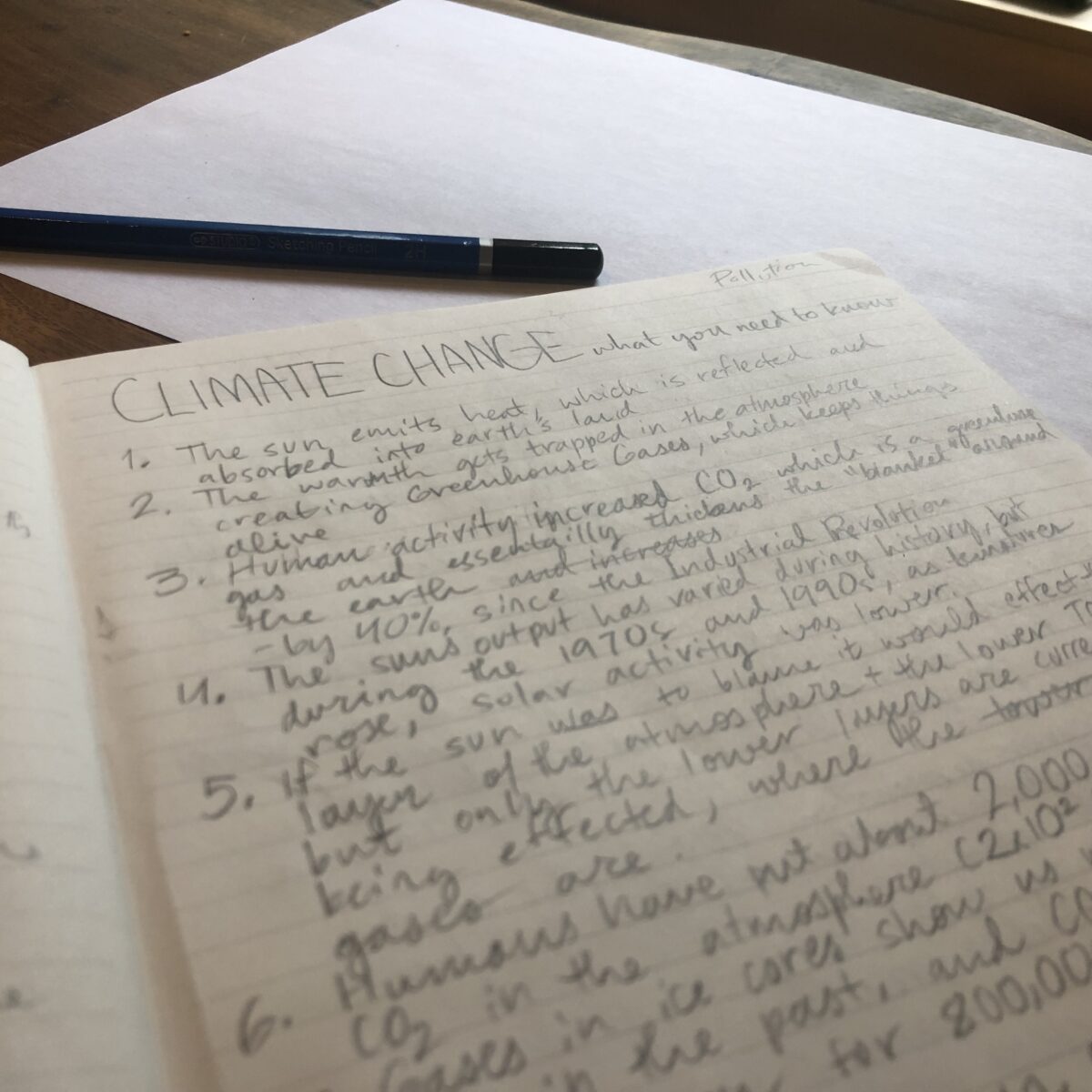Ready to start your journey of environmental education? Begin with this great video! Climate Science: […]
Food Waste: Healthy Ways to Help Our Planet
Food Waste: A Pressing Concern by Tigress When you think about conserving energy you usually […]
On Thin Ice: Part 11
A web comic by Callisto Hello, wonderful readers! Sorry for the wait on this part. […]
Evidence in The Ice
Have you ever found yourself wondering: “Maybe we didn’t cause Global Warming? Maybe it was […]
Writing About Climate Change | Part 1
You, Too, Can Write About Climate Change! During the pandemic, it has been frustrating that […]
On Thin Ice: Part 10
A web comic by Callisto Click here to read On Thin Ice: Part 9, Part […]
Picture This: Earth Day, Any Day
Happy Earth Daaaay! Hi! SolarBear here. Today’s post is going to be different then most […]
